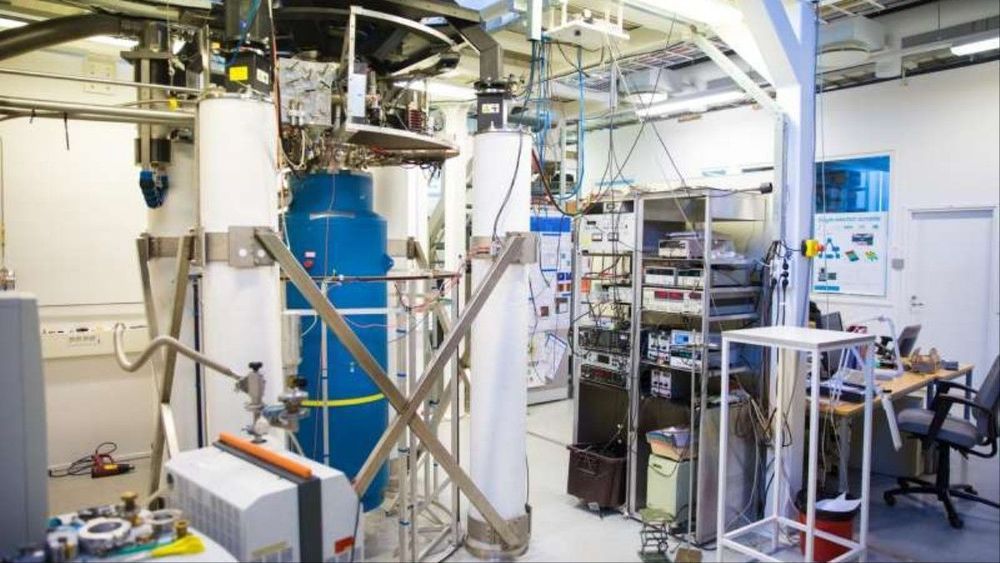The biggest, most expensive science experiment in the world might be losing all its dark matter. But physicists are looking on the bright side.
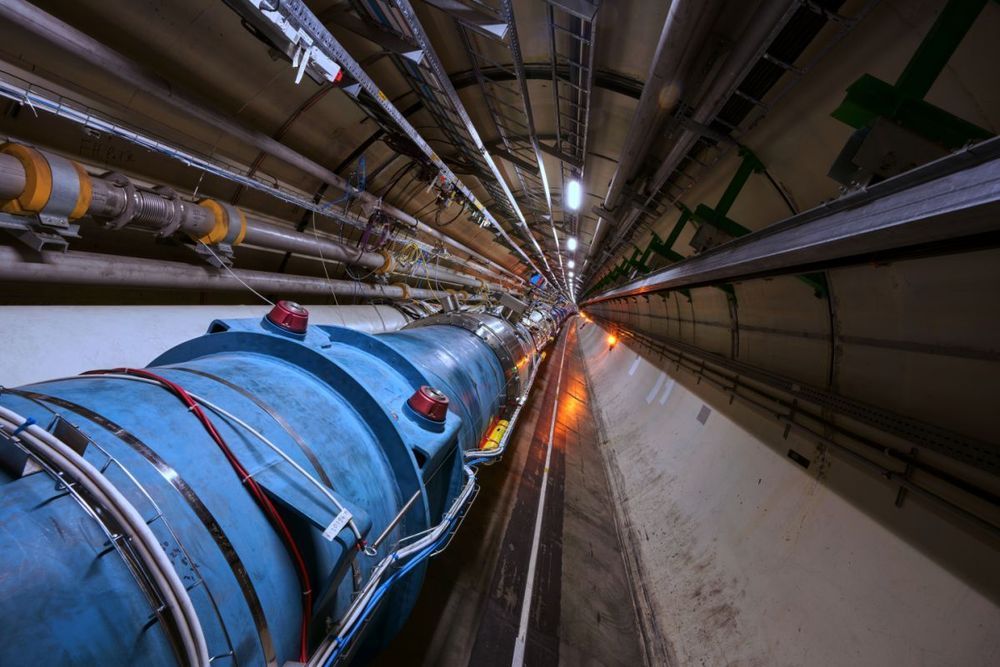

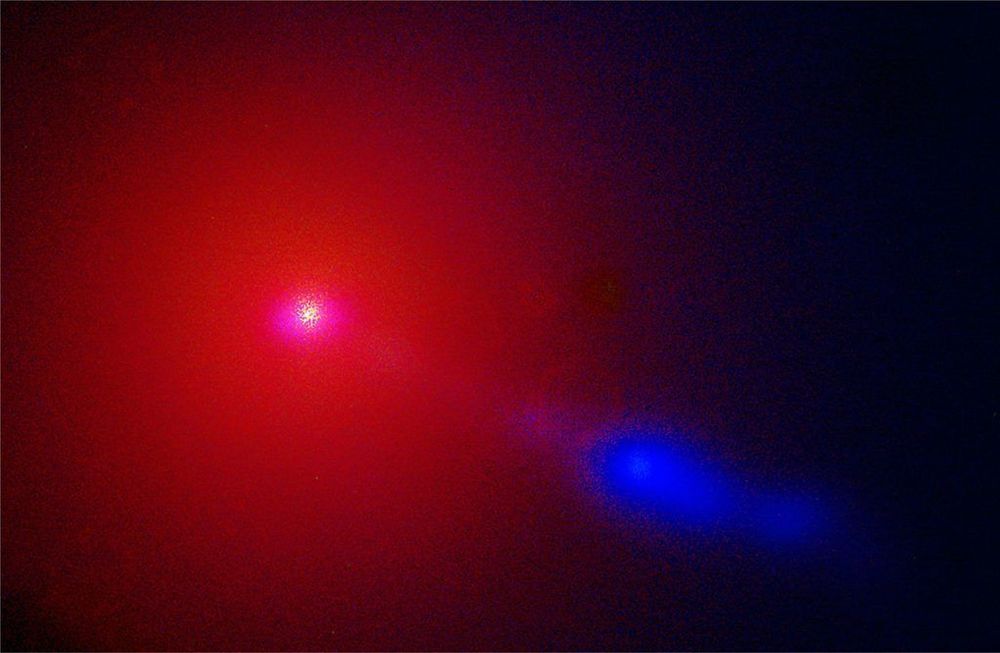
The first direct image of the M87 Galaxy’s supermassive black hole that’s almost the size of our solar system required telescopes of unprecedented precision and sensitivity to give the human species a look into the unknown. The realization of this telescope – the Event Horizon Telescope – was a formidable challenge which required upgrading and connecting a planet-scale network of eight pre-existing telescopes deployed at a variety of challenging high-altitude sites, including volcanoes in Hawaii and Mexico, mountains in Arizona and the Spanish Sierra Nevada, the Chilean Atacama Desert, and Antarctica.
We gave humanity its first view of a black hole — “a one-way door out of our universe,” said EHT project director Sheperd S. Doeleman of the Center for Astrophysics, of the image of the massive black hole at the center of elliptical galaxy M87 as it was 55 million years ago “This is a landmark in astronomy, an unprecedented scientific feat accomplished by a team of more than 200 researchers.”
“The gates of hell, the end of space and time.” That was how black holes were described at the press conference in Brussels where the first ever photograph of one was revealed. The black hole, a super-massive object at the center of M87 shown above, really is a monster, observed Ellie Mae O’Hagan for The Guardian. “Everything unfortunate enough to get too close to it falls in and never emerges again, including light itself. It’s the point at which every physical law of the known universe collapses. Perhaps it is the closest thing there is to hell: it is an abyss, a moment of oblivion.”


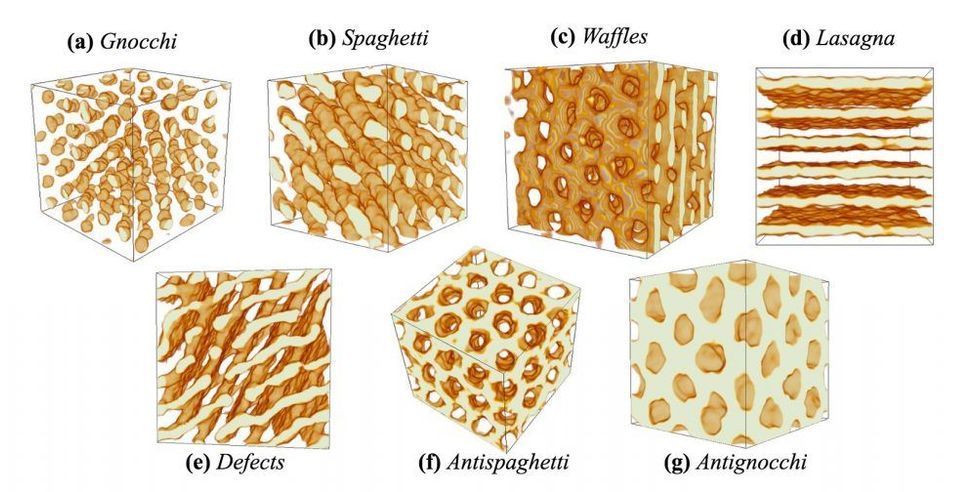
Neutron stars are born after supernovas, an implosion that compresses an object the size of the sun to about the size of Montreal, making them “a hundred trillion times denser than anything on earth.” Their immense gravity makes their outer layers freeze solid, making them similar to earth with a thin crust enveloping a liquid core.
This will help provide better understand gravitational waves like those detected last year when two neutron stars collided. The new results even suggest that lone neutron stars might generate small gravitational waves.
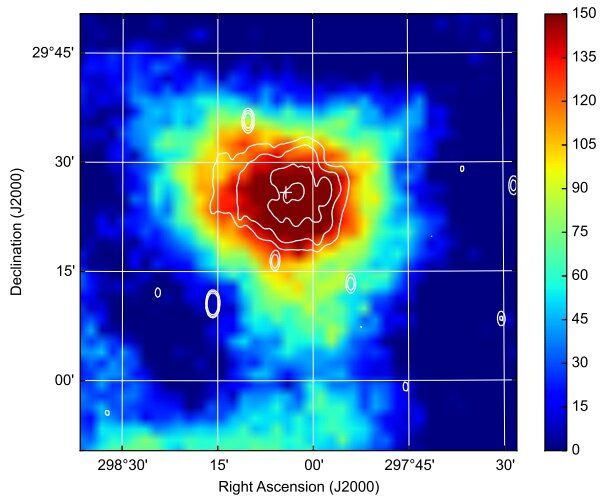
Astronomers have carried out a multiwavelength investigation of a pulsar wind nebula (PWN), designated DA 495, to unveil its mysterious physical nature. Results of the study, based on observations using HAWC and VERITAS ground-based observatories as well as NASA’s NuSTAR spacecraft, are presented in a paper published May 17 on arXiv.org.
Pulsar wind nebulae (PWNe) are nebulae powered by the wind of a pulsar. Pulsar wind is composed of charged particles; when it collides with the pulsar’s surroundings, in particular with the slowly expanding supernova ejecta, it develops a PWN.
Particles in PWNe lose their energy to radiation and become less energetic with distance from the central pulsar. Multiwavelength studies of these objects, including X-ray observations, especially using spatially-integrated spectra in the X-ray band, have the potential of uncovering important information about particle flow in these nebulae. This could unveil important insights into the nature of PWNe in general.



